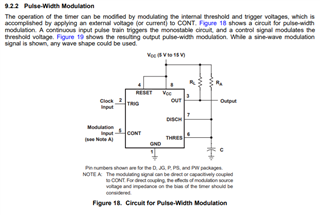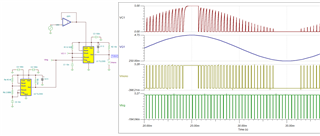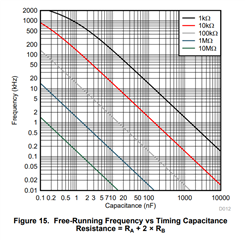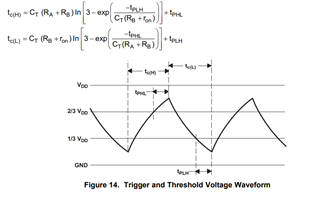Other Parts Discussed in Thread: TLC555, TINA-TI
Hi TI team,
I am working on buck converter where I am using NE555 timer IC to generate PWM for mosfet gate drive. I want to design a output voltage feedback (closed loop) based buck converter to control my output voltage at every load condition.
From NE555 timer IC, I am able to generate PWM (as a A-stable multi-vibrator) but I want to control my PWM width with the help of Feedback circuit. Kindly suggest how can vary pulse width w.r.to output voltage feedback circuit.
Thanks






